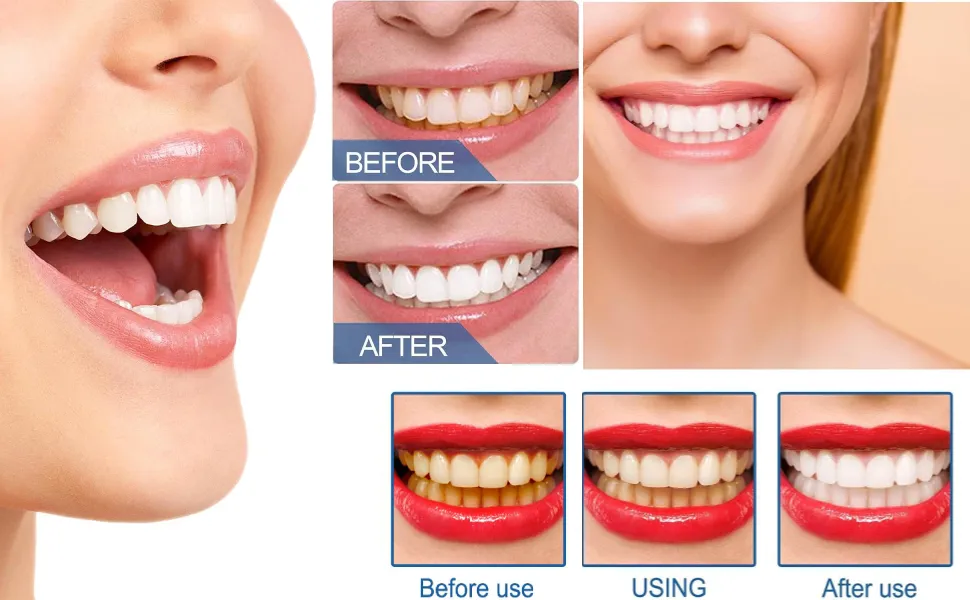What is Soda Powder Teeth Whitening
Soda powder, also known as baking soda, has become a popular home remedy for teeth whitening. Its abrasive properties and mild alkaline nature are believed to help remove stains and brighten the teeth. Many people turn to this readily available and inexpensive option as an alternative or supplement to professional teeth whitening treatments. However, understanding how soda powder works, its benefits, potential risks, and proper usage is crucial before incorporating it into your oral hygiene routine. This guide provides a comprehensive overview of using soda powder for teeth whitening, helping you make informed decisions about your dental care.
The Science Behind Soda Powder and Teeth Whitening
The effectiveness of soda powder for teeth whitening lies in its chemical and physical properties. Sodium bicarbonate, the primary component of baking soda, acts as a mild abrasive. This abrasive action helps scrub away surface stains caused by coffee, tea, tobacco, and certain foods. Additionally, soda powder has a slightly alkaline pH, which can help neutralize acids in the mouth. These acids can contribute to enamel erosion and stain formation. By neutralizing these acids, soda powder creates a more favorable environment for maintaining tooth whiteness. However, it’s important to understand that soda powder primarily targets surface stains and does not change the intrinsic color of the teeth, unlike professional bleaching treatments.
How Soda Powder Works to Whiten Teeth
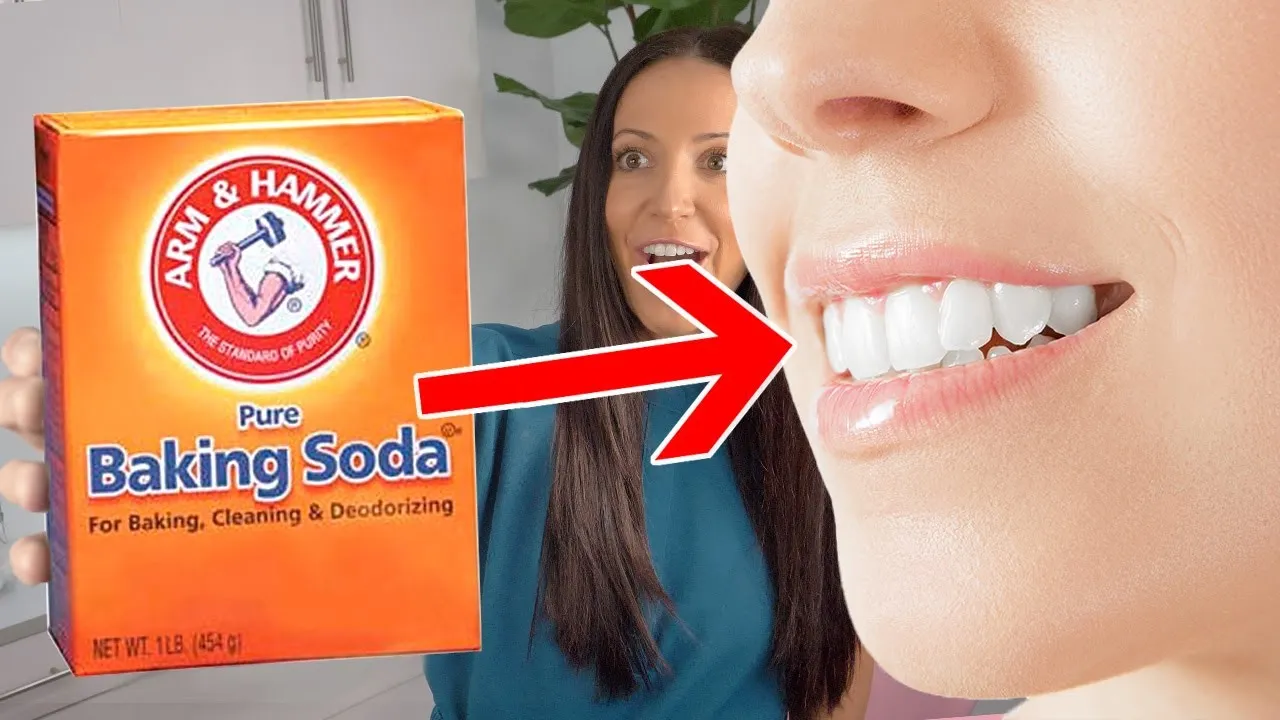
Soda powder works through a combination of mechanical and chemical actions. The abrasive particles in soda powder physically remove the stain molecules that adhere to the enamel surface. This is similar to how a polishing agent works. Furthermore, as a mild base, soda powder can help break down stain molecules. Although the whitening effect is typically less dramatic than professional treatments, regular and correct use of soda powder can lead to noticeable improvements in tooth brightness over time. The key is consistent application, along with proper brushing technique, without causing damage to the tooth enamel. It’s essential to manage the abrasive action to prevent potential harm.
The Benefits of Soda Powder for Teeth Whitening
Soda powder offers several advantages for those seeking a whiter smile. Its accessibility and cost-effectiveness make it an attractive option for many. However, it is crucial to recognize its limitations and potential side effects to make an informed decision about its use.
Cost-Effective Teeth Whitening
One of the primary benefits of using soda powder for teeth whitening is its affordability. Unlike professional teeth whitening treatments or expensive over-the-counter products, soda powder is very inexpensive. A box of baking soda can last for months, making it a budget-friendly option for maintaining a brighter smile. This cost-effectiveness makes it particularly appealing to individuals who are looking for an accessible and affordable way to improve their oral aesthetics without breaking the bank. The low cost allows for regular use, leading to sustained and gradual improvement in tooth whiteness.
Easily Accessible Ingredients
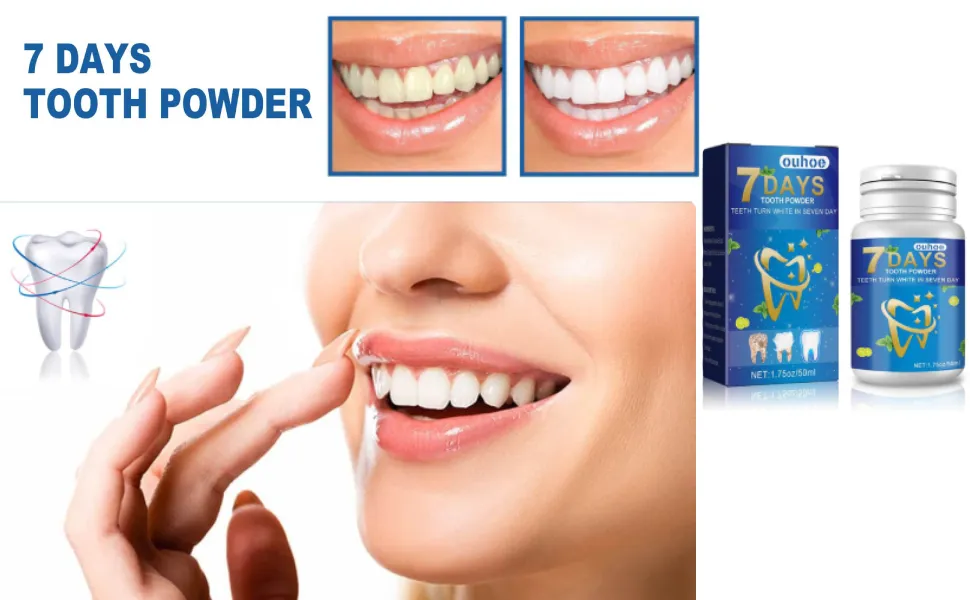
Soda powder is a common household item, readily available at any grocery store or supermarket. This ease of access eliminates the need to make special trips to pharmacies or dental supply stores, saving time and effort. The widespread availability of soda powder also makes it a convenient option for those who prefer to avoid more complex or less accessible whitening treatments. Having the ingredients readily at hand encourages consistent use and allows you to incorporate teeth whitening into your daily routine effortlessly, improving your oral health regimen.
Gentle Abrasive Action
Soda powder provides a mild abrasive action that can effectively remove surface stains. This gentle abrasion helps to polish the teeth, removing discoloration caused by coffee, tea, and other staining agents. The action, when done correctly, does not harm the enamel. This is in contrast to some harsher whitening methods. The mild abrasive action can contribute to a brighter smile over time without causing significant damage to the teeth. This gentle approach makes it a safer option for some people compared to stronger chemical treatments.
Step-by-Step Guide Using Soda Powder
To effectively and safely use soda powder for teeth whitening, following a precise method is essential. This step-by-step guide ensures the best results while minimizing potential risks.
Mixing the Soda Powder Solution
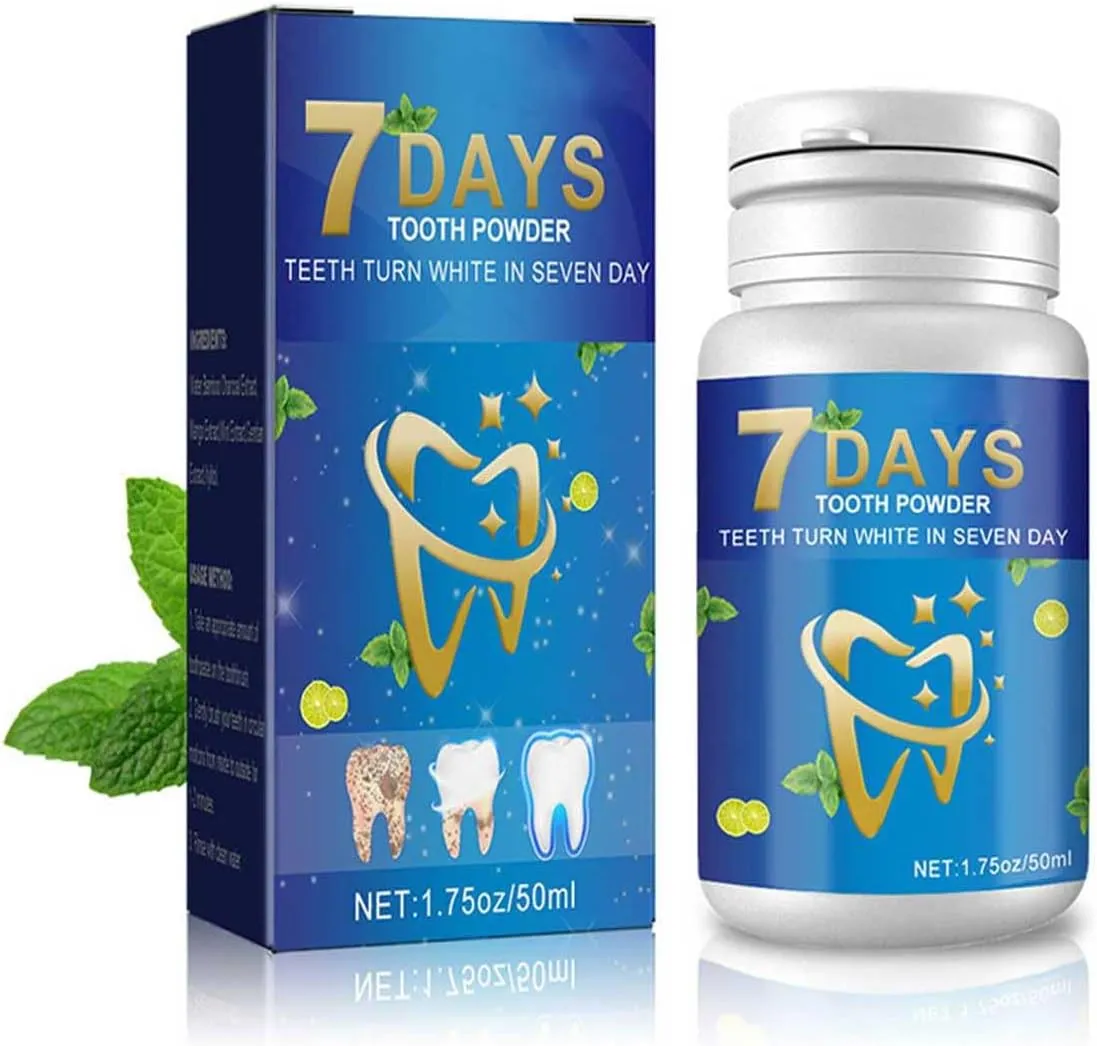
Start by mixing a small amount of soda powder with water to form a paste. The ideal ratio is about one teaspoon of soda powder to enough water to create a thick, non-dripping paste. You can also add a few drops of water to adjust the consistency. Avoid using too much water, as this can dilute the abrasive action and reduce its effectiveness. Mix the paste thoroughly until there are no lumps. The consistency should be similar to toothpaste.
Application Techniques
There are two primary methods for applying the soda powder paste. You can dip your toothbrush directly into the paste. Ensure your toothbrush is damp. Alternatively, you can apply the paste to your toothbrush using your finger. Apply a small amount of the paste to the brush to avoid using too much. Use a soft-bristled toothbrush to minimize the risk of enamel abrasion. A soft brush is gentler on the gums and teeth. Avoid using excessive pressure during brushing to prevent damage.
Brushing Technique
Brush your teeth gently using circular motions, focusing on each tooth surface. Ensure you reach all areas of your teeth. Brush for no more than two minutes. Excessive brushing can wear down the enamel. After brushing, rinse your mouth thoroughly with water to remove all traces of the soda powder. Follow up with your regular toothpaste. This helps to remineralize the enamel and further clean the mouth. Brush with the soda powder solution no more than a few times per week to minimize potential adverse effects. Overuse can cause sensitivity.
Frequency of Use

For optimal results, use the soda powder mixture no more than two to three times per week. Overuse can lead to enamel erosion and increased tooth sensitivity. If you experience any sensitivity or discomfort, reduce the frequency or discontinue use. It’s important to listen to your body and adjust the frequency based on your individual needs and tolerance. Consistency is crucial; regular but moderate use can lead to gradual improvements in tooth brightness over time.
Possible Side Effects and Precautions
While soda powder is generally safe when used correctly, it’s crucial to be aware of potential side effects and take necessary precautions. These precautions ensure you can safely incorporate soda powder into your routine.
Tooth Sensitivity
One of the most common side effects of using soda powder is increased tooth sensitivity. The abrasive nature of soda powder can wear down the enamel, exposing the dentin beneath, which contains nerve endings. If you experience sensitivity to hot or cold foods and drinks, reduce the frequency of use or discontinue use immediately. Consider using toothpaste specifically designed for sensitive teeth. If sensitivity persists, consult your dentist for advice and potential treatments.
Enamel Erosion
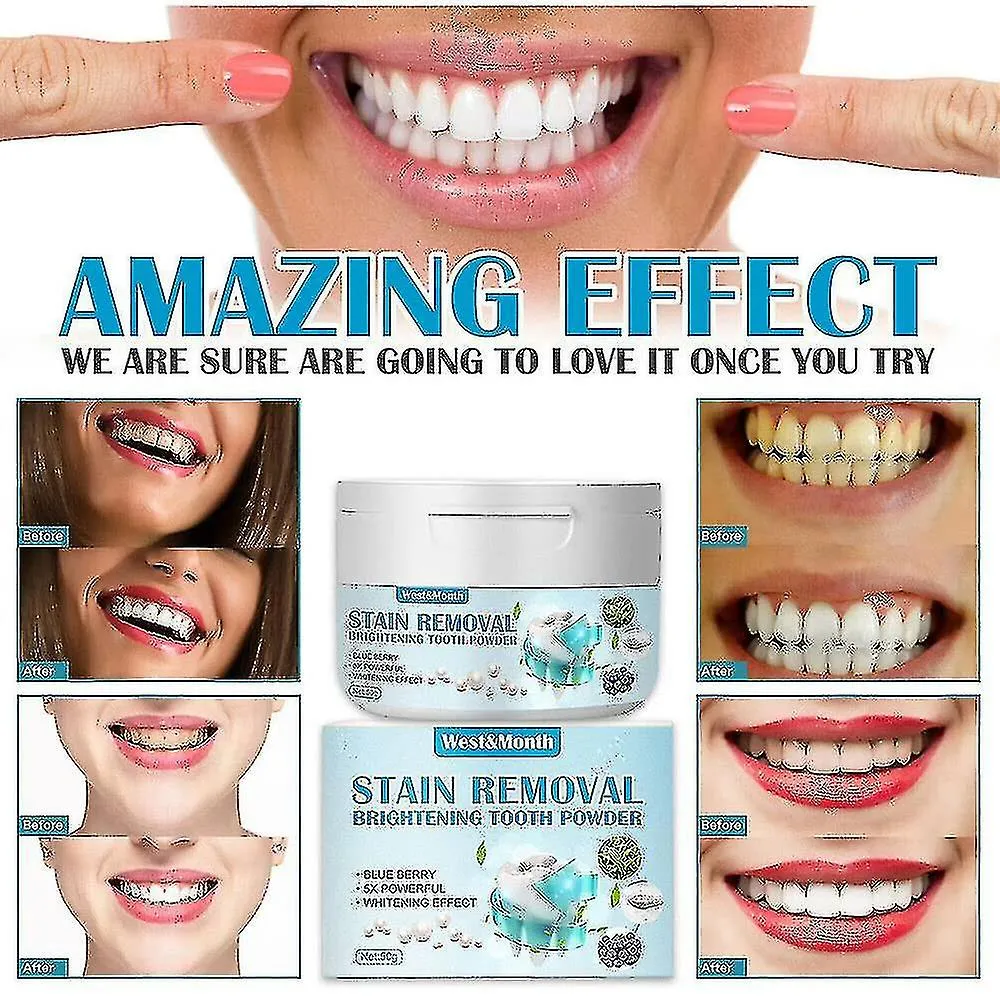
Excessive use of soda powder can lead to enamel erosion. Over time, the abrasive action can wear away the protective enamel layer, making your teeth more susceptible to cavities and discoloration. Signs of enamel erosion include increased sensitivity, tooth transparency, and a rough texture. Regular dental checkups are vital to monitor the health of your enamel. To mitigate the risk of enamel erosion, use soda powder sparingly and always use a soft-bristled toothbrush.
Gum Irritation
Soda powder can irritate the gums, leading to inflammation and bleeding. This is especially true if you brush too hard or use a paste that is too abrasive. If you notice any signs of gum irritation, such as redness, swelling, or bleeding, reduce the frequency of use and ensure you are using a soft-bristled toothbrush. If irritation persists, consult your dentist. Maintaining good oral hygiene practices is crucial, as healthy gums contribute to overall dental health and can withstand some degree of abrasiveness.
Alternatives to Soda Powder Teeth Whitening
Several alternative teeth whitening options are available if you are concerned about the potential side effects of using soda powder. These alternatives range from professional treatments to over-the-counter products, each with its own set of advantages and disadvantages.
Professional Teeth Whitening Options
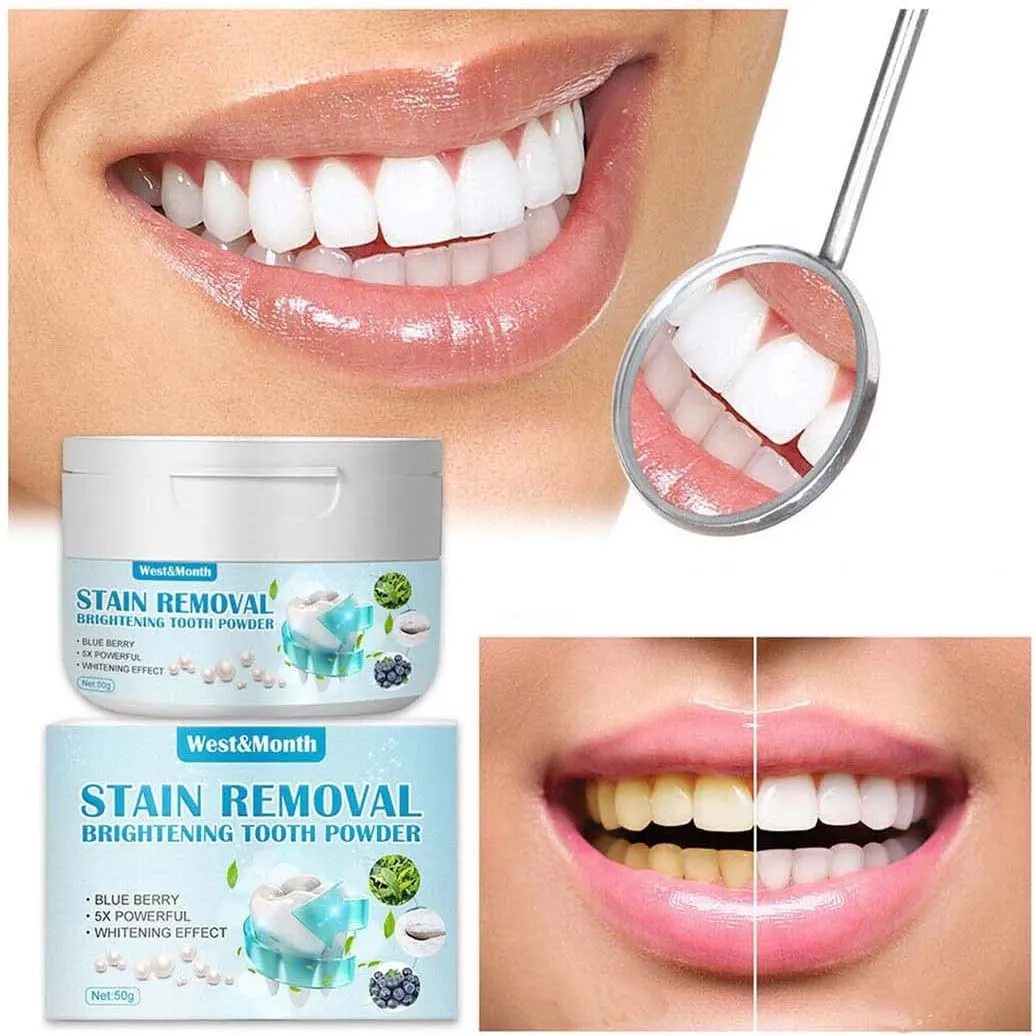
Professional teeth whitening performed by a dentist offers the most effective and safest way to whiten your teeth. Options include in-office bleaching, which uses a high concentration of hydrogen peroxide to quickly and dramatically whiten teeth. Another option is custom-fitted whitening trays to use at home, which are prescribed by your dentist. These trays provide controlled application of whitening agents. While professional treatments are more expensive, they are carried out under the supervision of dental professionals, minimizing risks and ensuring optimal results. A dentist can also assess your overall oral health and determine the most appropriate whitening solution for your needs.
Over-the-Counter Whitening Products
A variety of over-the-counter teeth whitening products is available, including whitening toothpaste, strips, and gels. Whitening toothpaste contains mild abrasives and whitening agents that help remove surface stains. Whitening strips are thin, flexible strips coated with a whitening gel that adheres to your teeth. Whitening gels can be applied using custom-fitted trays or brush-on applicators. While these products are less expensive than professional treatments, their effectiveness varies, and they may not be suitable for everyone. Always follow the manufacturer’s instructions, and consult your dentist if you have any concerns about the use of these products. Be careful when using strips and gels, as they may cause enamel damage.
Maintaining Your White Smile
Regardless of the teeth whitening method you choose, maintaining a white smile requires consistent oral hygiene practices, dietary adjustments, and regular dental check-ups.
Oral Hygiene Practices
Proper oral hygiene is essential for maintaining a white smile. Brush your teeth at least twice a day for two minutes each time, using a fluoride toothpaste. Floss daily to remove plaque and food particles from between your teeth, where a toothbrush cannot reach. Consider using an antibacterial mouthwash to further reduce bacteria and maintain a clean mouth. Proper brushing and flossing help remove surface stains and prevent new ones from forming, helping to keep your teeth brighter for longer.
Dietary Considerations
Certain foods and drinks can stain your teeth, including coffee, tea, red wine, and berries. Minimize the consumption of these stain-causing agents to maintain a brighter smile. If you consume these items, rinse your mouth with water immediately afterward to help prevent stains from setting in. Avoid smoking and tobacco products, which are major contributors to tooth discoloration. By making mindful dietary choices, you can significantly extend the life of your whitening treatments and maintain the brightness of your teeth.
Regular Dental Check-ups
Visit your dentist regularly for check-ups and professional cleanings. Your dentist can identify and address any dental issues. Professional cleanings can remove plaque and tartar, which can contribute to discoloration. Regular check-ups also allow your dentist to monitor the effectiveness of any teeth whitening treatments you have used. They can also advise you on the best oral hygiene practices for your specific needs. Regular visits help ensure the long-term health and appearance of your teeth, including their whiteness.
